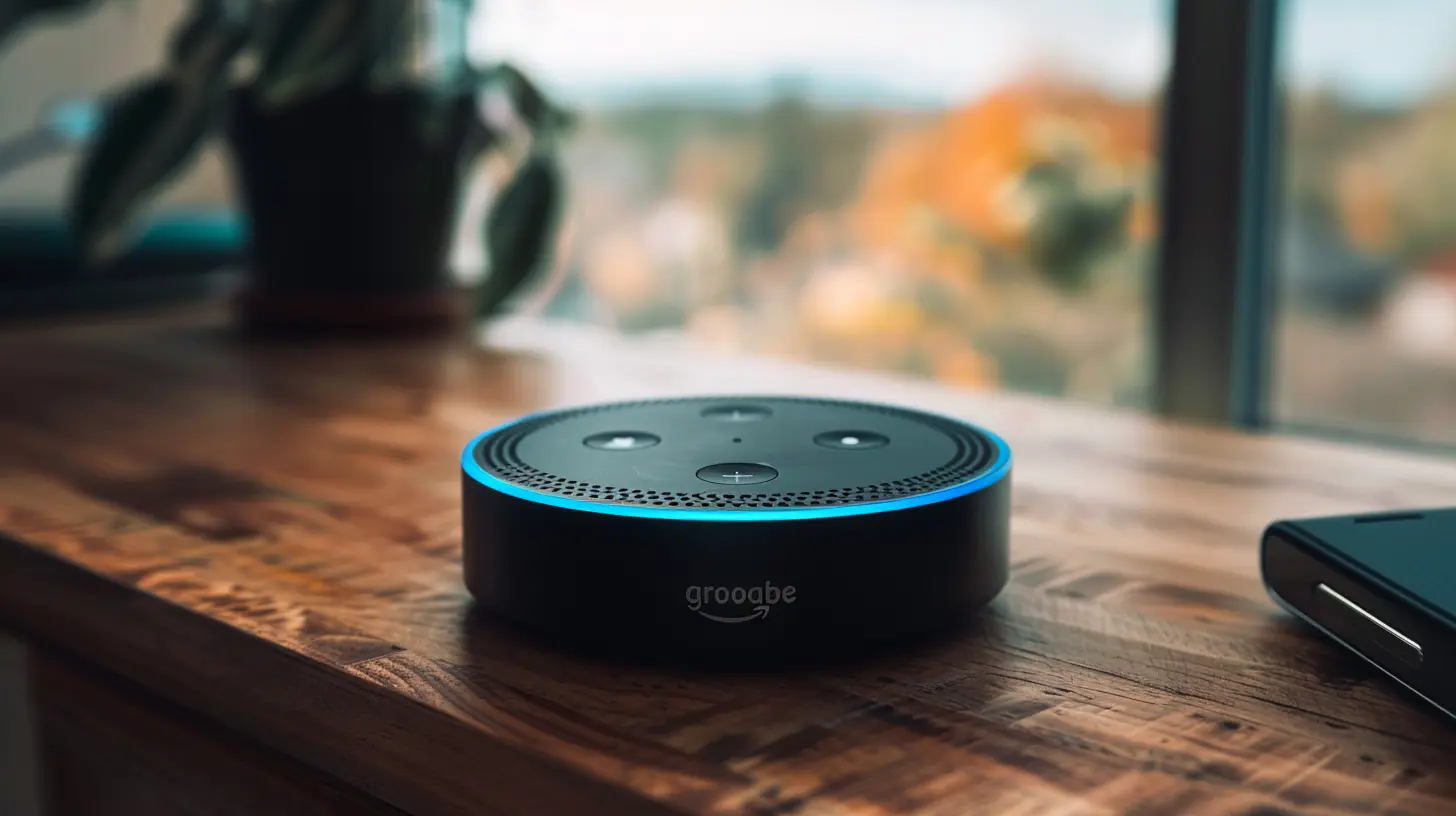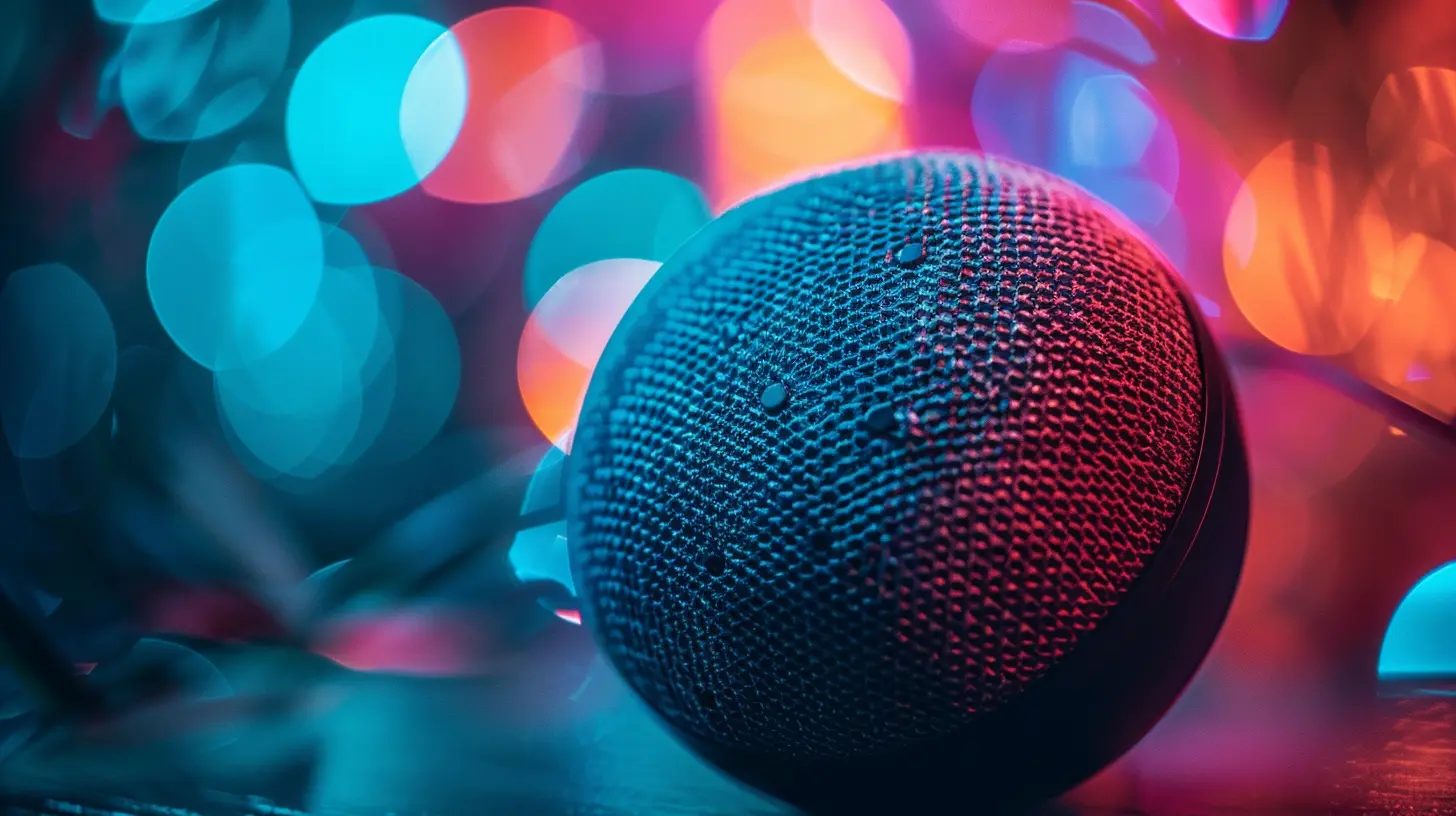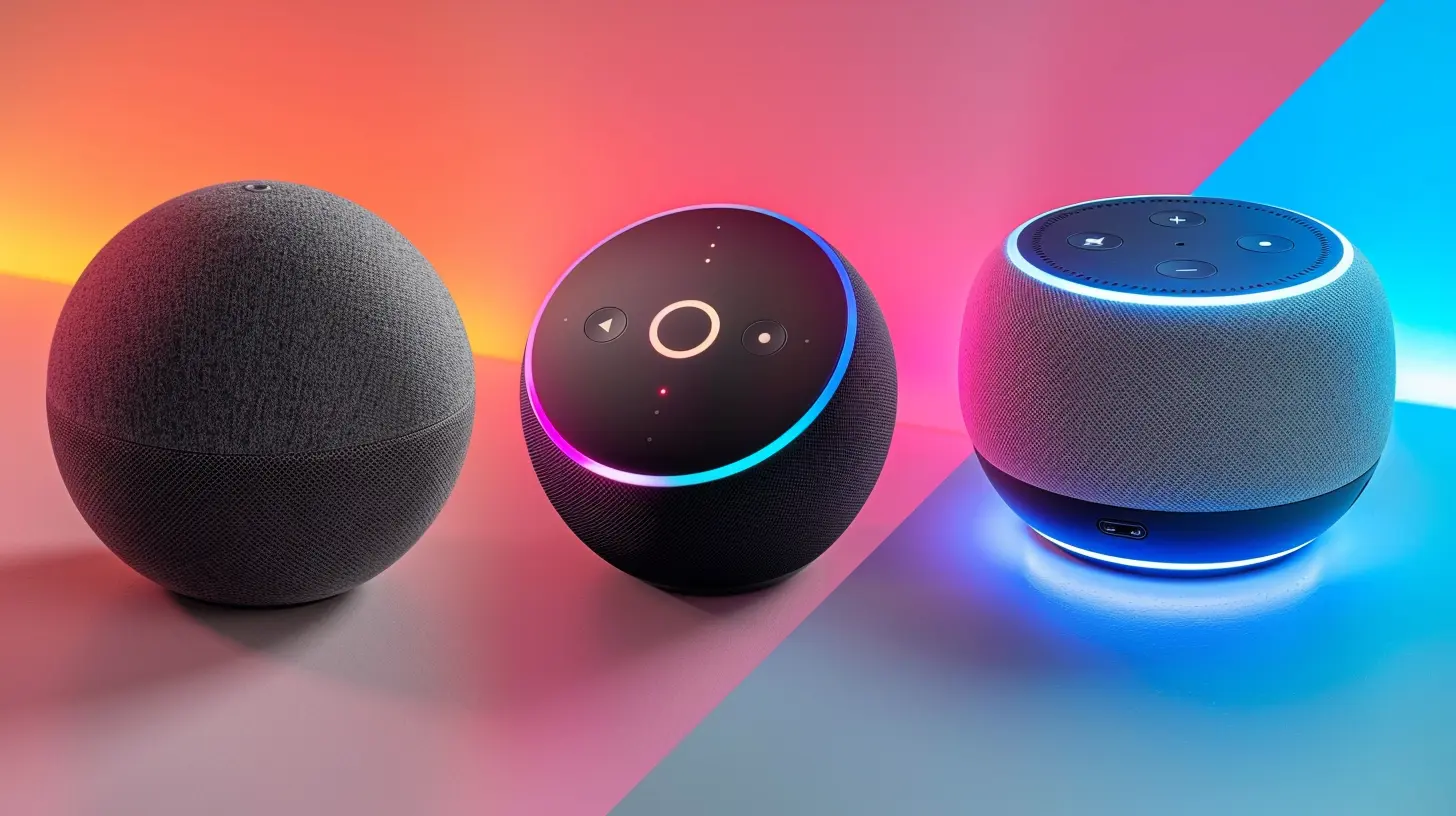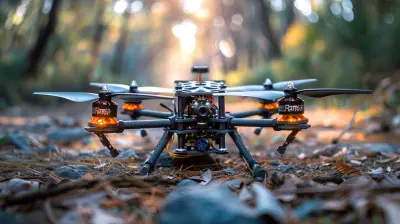Using Smart Assistants Effectively: A Guide to Alexa and Google Home
3 November 2025
Smart assistants like Amazon Alexa and Google Home have become an integral part of our daily lives. Whether you're asking Alexa to play your favorite song or instructing Google Home to turn off the lights, these devices have transformed how we interact with technology. But are you getting the most out of your smart assistant? Probably not. Don’t worry, though – you’re not alone. Many people are unaware of the full potential of these digital helpers.
In this guide, we will explore the ins and outs of effectively using Alexa and Google Home. We're going to dive into some tips, tricks, and practical uses to elevate your smart assistant experience. So, whether you're a seasoned user or just getting started, let’s unlock the full potential of your smart assistant.

What Are Smart Assistants?
Before we dive deep into tips and tricks, let's clarify what a smart assistant is. Smart assistants like Amazon's Alexa and Google Home are voice-activated devices designed to make your life easier. By recognizing your voice commands, they can manage tasks, control smart home devices, play music, provide weather updates, and much more.They can be thought of as your personal assistant – a digital concierge, if you will. The more you use them, the smarter they get. But here's the thing: like any other tool, they’re only as good as how effectively you use them.

Setting Up Your Smart Assistant
First things first – getting your smart assistant set up properly is crucial. Whether you're using Alexa or Google Home, the setup process is pretty straightforward. However, there are a few things you should keep in mind to maximize its functionality.1. Choose the Right Location
Place your device in a central location where it can easily hear your voice. For example, the living room or kitchen is usually ideal since these are areas where you’re likely to give commands. Avoid placing the device near a TV or speaker to prevent accidental activations.
2. Connect to Your Wi-Fi
A strong Wi-Fi connection is essential. If your Wi-Fi signal is weak, the device may not respond quickly or at all. Make sure you're connected to a stable network for seamless performance.
3. Download the App
Both Alexa and Google Home require you to download their respective apps to complete the setup. From here, you can link other smart home devices, create routines, and manage settings.
4. Set Up Voice Recognition
These devices are designed to recognize different voices. If other people in your home will also be using the assistant, set up voice profiles so it can personalize responses based on who’s talking.

Core Features of Alexa and Google Home
Now that your device is ready to go, let’s explore its core features. Both Alexa and Google Home come packed with functionalities, but knowing which features to focus on will help you use your assistant more effectively.1. Music and Entertainment
One of the most common uses for smart assistants is playing music. Both Alexa and Google Home can connect to music services like Spotify, Apple Music, or Amazon Music. Just ask, and your assistant will start playing your favorite tunes.You can also ask for playlists based on your mood. Feeling chill? Ask Google to play some relaxing music. Want a party vibe? Let Alexa queue up some dance tracks.
If you have a smart TV or streaming device like Chromecast or Fire Stick, you can even ask your assistant to play shows or movies for you. “Alexa, play Stranger Things on Netflix,” and boom – you’re all set for a binge-watching session.
2. Smart Home Control
One of the biggest advantages of having a smart assistant is its ability to control other smart devices in your home. You can control smart bulbs, thermostats, locks, cameras, and even appliances by linking them to your assistant.For example, you can say, "Hey Google, turn off the bedroom lights," or "Alexa, set the thermostat to 72 degrees." It’s like having a universal remote for your entire home – but better.
You can also create routines. Imagine waking up in the morning, and as soon as you say, “Alexa, good morning,” the lights gradually brighten, the coffee maker turns on, and your morning playlist starts. Sounds like a dream, right? But it’s totally doable with smart assistants.
3. Timers, Reminders, and Alarms
These assistants are great for managing your time. You can set multiple timers, which is handy when you’re cooking or juggling tasks. “Alexa, set a timer for 10 minutes,” and you’ll never overcook your pasta again.Need to remember something later? You can set reminders like, "Hey Google, remind me to call Mom at 3 p.m." And no more fumbling with your phone alarm in the morning – just say, "Alexa, wake me up at 7 a.m."
4. Daily Briefings and News Updates
Both Alexa and Google Home can provide you with daily briefings that include weather forecasts, traffic updates, and the latest news. Customize your news sources in the app so you always get information from outlets you trust. This feature can save you time in the morning when you’re trying to get out the door but still want to stay informed.5. Shopping Lists and Online Ordering
One of the most convenient features of these smart assistants is their ability to manage shopping lists. You can add items by simply saying, "Alexa, add milk to my shopping list."If you're an Amazon Prime member, Alexa even allows you to order items directly from Amazon. Just say, "Alexa, order paper towels," and they’ll be on their way.

Advanced Tips for Power Users
So, you’ve mastered the basics. Now what? There are plenty of advanced features that can take your smart assistant experience to the next level.1. Custom Routines
As mentioned earlier, routines allow you to automate a series of actions with a single command. But did you know you can create custom routines tailored to your lifestyle?For example, you can create a “Movie Night” routine that dims the lights, turns on the TV, and starts playing your favorite Netflix series. Or, set up a bedtime routine where the assistant turns off the lights, locks the doors, and plays soothing music.
You can easily set these up in the Alexa or Google Home app. Get creative – the possibilities are endless!
2. Multi-Room Audio
If you have multiple smart speakers throughout your home, you can sync them to play the same music in every room. This is perfect for parties or when you're cleaning the house and want to move from room to room without missing a beat.Simply say, "Hey Google, play music everywhere," and your music will follow you around your house.
3. Third-Party Skills and Actions
Both Alexa and Google Home support third-party integrations, known as "Skills" (for Alexa) and "Actions" (for Google Home). These allow you to add even more functionality to your assistant. For example, you can download a skill that helps you meditate, play games, or even control your Roomba.Check out the app store for your smart assistant and browse the available skills/actions. You’ll be surprised at how much more your device can do.
4. Voice Match for Personalized Responses
If multiple people in your household use the same assistant, consider setting up Voice Match (Google) or Voice Recognition (Alexa). This allows the assistant to recognize who is speaking and provide personalized responses. For example, if you ask Google Home, "What's on my calendar today?" it will give you your specific appointments, not someone else's.5. Privacy Controls
One concern many people have with smart assistants is privacy. Both Alexa and Google Home offer privacy features like muting the microphone or checking your voice history. You can also delete recordings if you’re ever uncomfortable with what’s been captured.To mute the microphone, simply press the physical button on the device. For voice history, you can review and delete recordings via the app. It’s always a good idea to familiarize yourself with these controls to ensure you’re comfortable with how your data is handled.
Conclusion: Take Control of Your Smart Assistant
There you have it – a comprehensive guide to using Alexa and Google Home effectively. These devices are more than just fancy gadgets; they can genuinely improve your quality of life when used correctly. From controlling your smart home to keeping you organized and entertained, the possibilities are endless.So, what are you waiting for? Start experimenting with routines, explore new skills, and take full control of your smart assistant. Remember, the more you use it, the smarter it gets!
all images in this post were generated using AI tools
Category:
Tech TutorialsAuthor:

Vincent Hubbard
Discussion
rate this article
1 comments
Kenna Wallace
This article provides valuable insights into maximizing the potential of smart assistants like Alexa and Google Home. It’s a helpful guide for beginners and seasoned users alike, highlighting practical tips that enhance daily convenience and productivity.
November 4, 2025 at 4:56 AM


